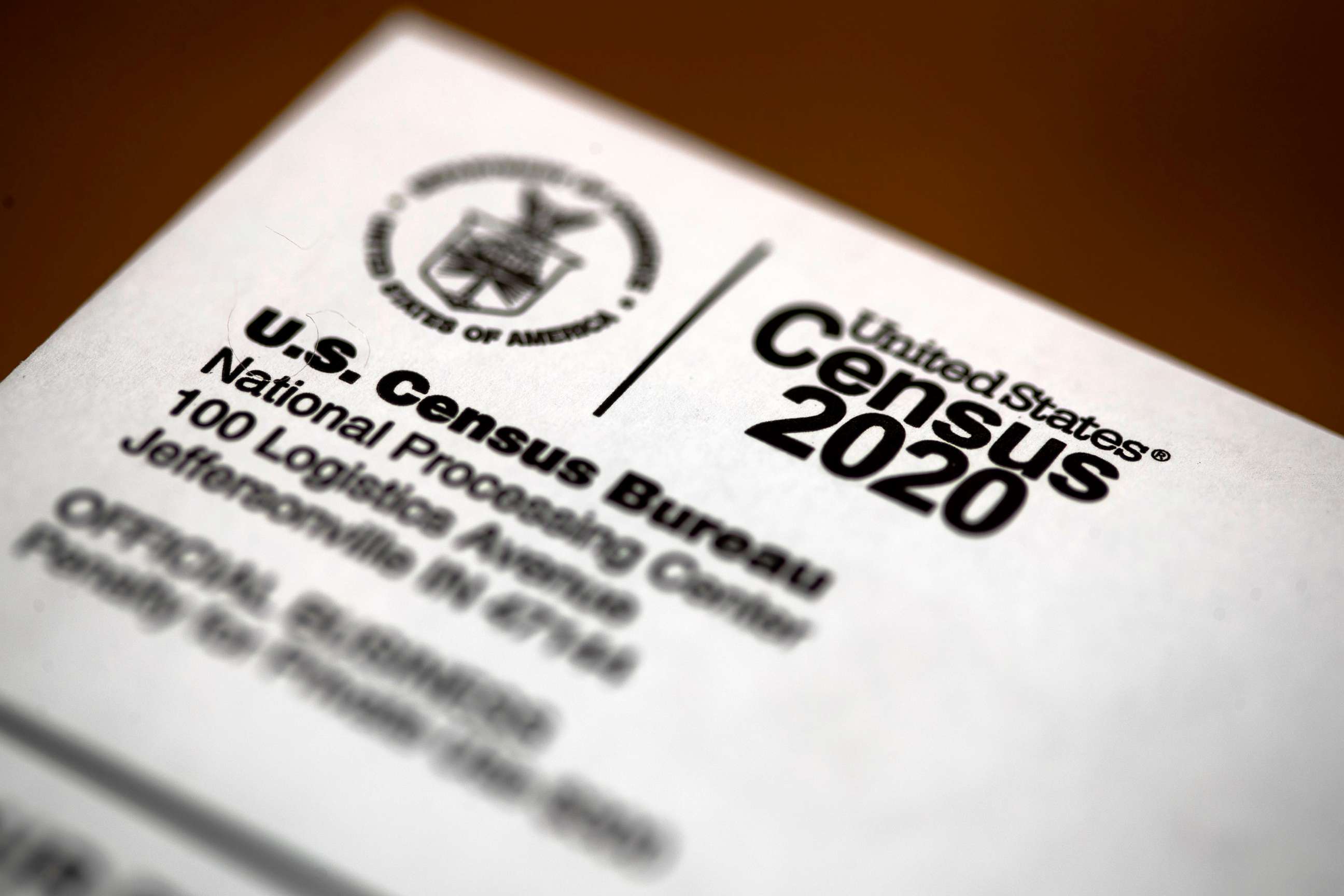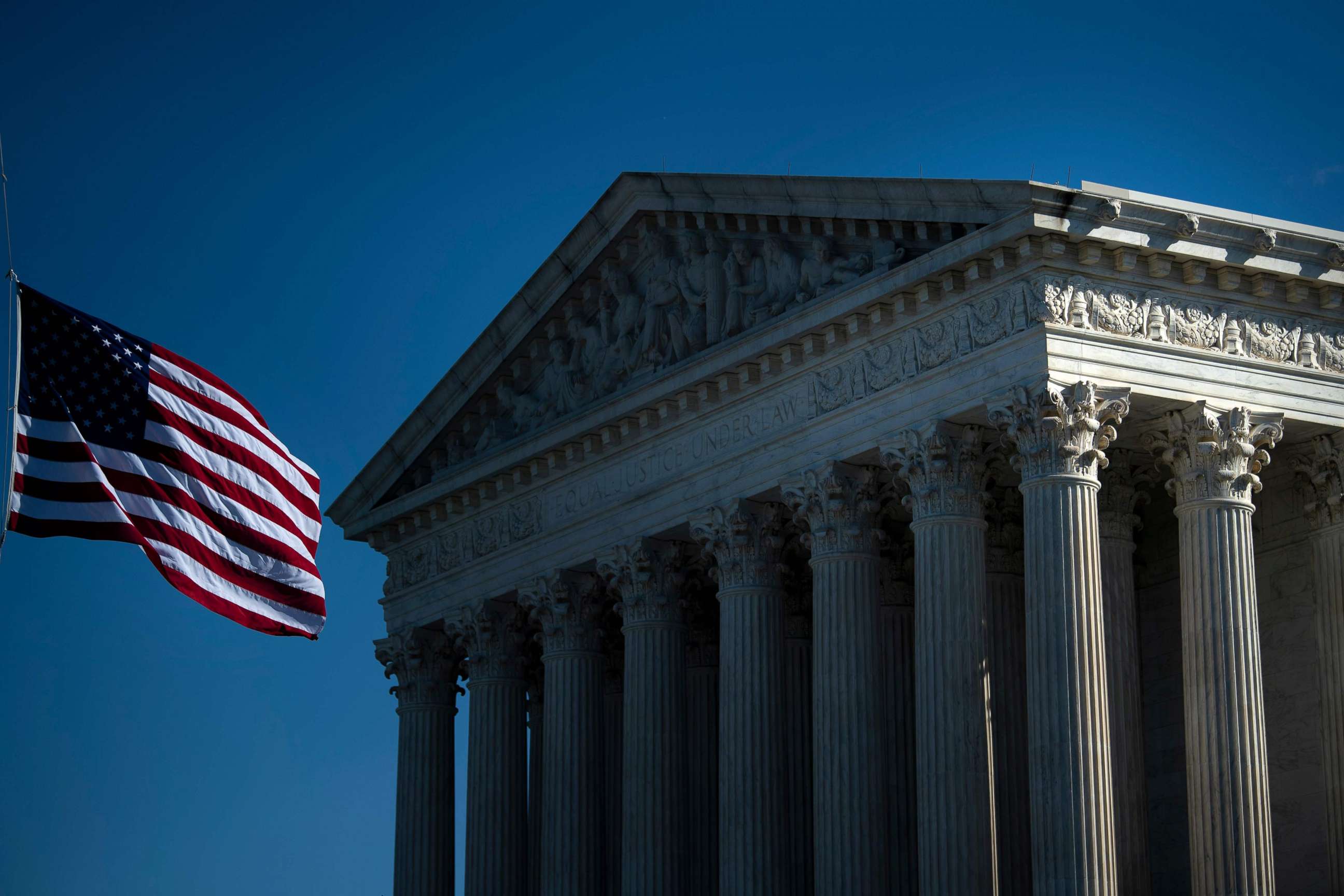Supreme Court grants Trump administration request to end census count
The Census Bureau said the count will end on Friday at 6 a.m. ET.
The Supreme Court granted the Trump administration's request to end the census count before the end of this month, overturning a federal court order requiring the Census Bureau to continue the count until Oct. 31.
The lawsuit that prompted the case was brought by civil rights groups including the National Urban League who argue the administration's push to end the counting process early, despite an earlier push to extend the process to account for delays caused by the COVID-19 pandemic, would lead to inaccurate data that would disproportionately hurt disadvantaged communities.
The administration asked the Supreme Court to overturn the order granted in that case after it partially lost an appeal to the Ninth Circuit. The administration argued it needed to stop the count as soon as possible to complete data analysis in time to meet the statutory deadline to report census information to the president and Congress by Dec. 31.
The Supreme Court's decision to overturn a lower court order requiring the bureau to continue counting through the end of this month means the Census Bureau could end counting soon and move to an accelerated analysis phase to try to meet that deadline.

In a news release, the Census Bureau said the count will end on Friday at 6 a.m. ET. The self-response website and phone responses will be closed, paper responses must be postmarked by Oct. 15 and census takers will end follow ups at the close of business Thursday.
Justice Sonia Sotomayor dissented, saying the harm from an inaccurate count is irreparable and the administration has previously said the deadlines would be impossible to meet anyway.

Melissa Arbus Sherry, an attorney with Latham & Watkins who argued the case, said that even though the Supreme Court did not rule in their favor the time added to census operations as a result of their case resulted in millions more Americans being counted.
"Every day has mattered, and the Supreme Court's order staying the preliminary injunction does not erase the tremendous progress that has been made as a result of the district court's rulings. Although the Court did not explain its reasoning, Justice Sotomayor's recognition of the troublesome facts underlying Defendants' conduct highlights the importance of Plaintiffs' efforts in this critical case," she said in a statement.
The Census Bureau said they are at a 99.9% response rate nationwide except in Louisiana -- partially due to recent hurricanes -- where the response rate is 98.3%. About 33% of that count was completed by census takers in the field.
Census data is used to distribute billions of dollars in federal funds for health care, housing programs and education. The data is also used to determine representation in congressional districts for the next 10 years.
Tuesday's decision makes it more likely Trump and Republicans will have a hand in the process that determines how many House seats each state is given -- a process called apportionment -- even if he loses the election.
After the counting is done, the Census Bureau typically spends several weeks analyzing the data and ensuring accuracy. Under the law, the commerce secretary then reports the apportionment to the president by Dec. 31.
The president then transmits a statement to Congress -- typically by early January -- on the number of representatives allowed per state. That’s information the states use to draw legislative and congressional districts.
Earlier this year, the Census Bureau announced that timeline wasn’t possible anymore because of the pandemic and indicated the schedule would slide. But rather than work with Congress to allow for a delay, the Commerce Department ordered its Census Bureau to finish the count.
The Commerce Department says it’s complying with the law. But by fighting in court to keep the deadline the Trump administration is plowing ahead toward that December-January timeline -- alleviating any concern of having to hand off final apportionment duties to a Democratic administration if Trump loses.

The Supreme Court has not yet decided a separate case on whether the administration can exclude undocumented immigrants from the apportionment process used to determine congressional districts. The justices will discuss whether to hear oral arguments on that case later this week.
ABC News' Anne Flaherty contributed to this report.




